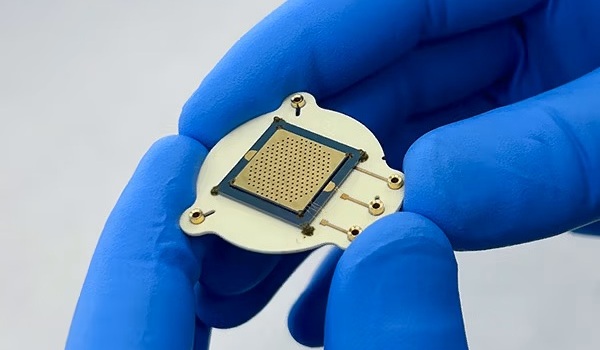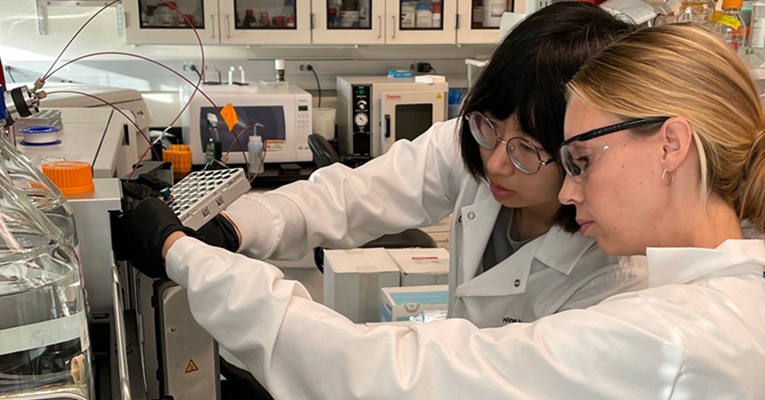Screening Tool Detects Multiple Health Conditions from Single Blood Drop
Posted on 22 Jul 2024
Infrared spectroscopy, a method using infrared light to study the molecular composition of substances, has been a foundational tool in chemistry for decades, functioning similarly to a molecular fingerprinting system via a device known as a spectrometer. When utilized on complex biofluids like blood plasma, this physico-chemical technique provides in-depth molecular insights, indicating its potential for medical diagnostics. Despite its established role in chemistry and industry, infrared spectroscopy has yet to become a standard tool in medical diagnostics. To tackle this issue, scientists have developed a diagnostic tool that employs infrared light and machine learning to identify multiple health conditions in just one measurement at the population level.
The team from the BIRD group at Ludwig Maximilian University of Munich (LMU, Munich, Germany) had previously worked on methods to measure human plasma. In their most recent study, they introduced infrared molecular fingerprinting to a naturally diverse group, analyzing blood from thousands of participants in the KORA study—a long-standing health research project based in Augsburg, Germany. Adults from this study were selected randomly for medical examinations and blood donations, giving the KORA study a new dimension and purpose. Over 5,000 blood plasma samples were assessed using Fourier transform infrared (FTIR) spectroscopy.

This approach involved analyzing the blood samples with infrared light to obtain molecular fingerprints, which were then examined using machine learning to correlate with existing medical data. The findings revealed that these fingerprints could facilitate quick health screenings. The multi-task algorithm was capable of differentiating various health states, including abnormal blood lipid levels, changes in blood pressure, and the presence of type-2 diabetes, including its precursor, pre-diabetes, which often goes unnoticed. Published in Cell Reports Medicine 2024, the research highlighted the algorithm's ability to also identify individuals who were healthy and remained so over the years. This discovery was notable because finding entirely healthy individuals in a random population is challenging due to the commonality of health variations and the natural changes that occur over time.
Traditionally, different tests are required for each condition, but this new method identifies multiple health issues simultaneously, not just one at a time. The system not only identifies healthy people but also detects complex conditions involving multiple diseases and can predict the onset of metabolic syndrome years before symptoms manifest, offering a chance for early intervention. This foundational study proposes that infrared molecular fingerprinting could become an integral part of routine health screenings, allowing for more effective detection and management of conditions, particularly metabolic disorders like diabetes and abnormal cholesterol levels.
As this technology evolves and its capabilities expand through further technological development and clinical studies, more health conditions could be added to its diagnostic range. This advancement may lead to personalized health monitoring, where individuals regularly assess their health status to identify potential problems early on. Ultimately, the integration of infrared spectroscopy with machine learning is poised to revolutionize health diagnostics, providing a new, efficient means to monitor health globally using just a drop of blood and infrared light.
Related Links:
LMU




 assay.jpg)




 Analyzer.jpg)




